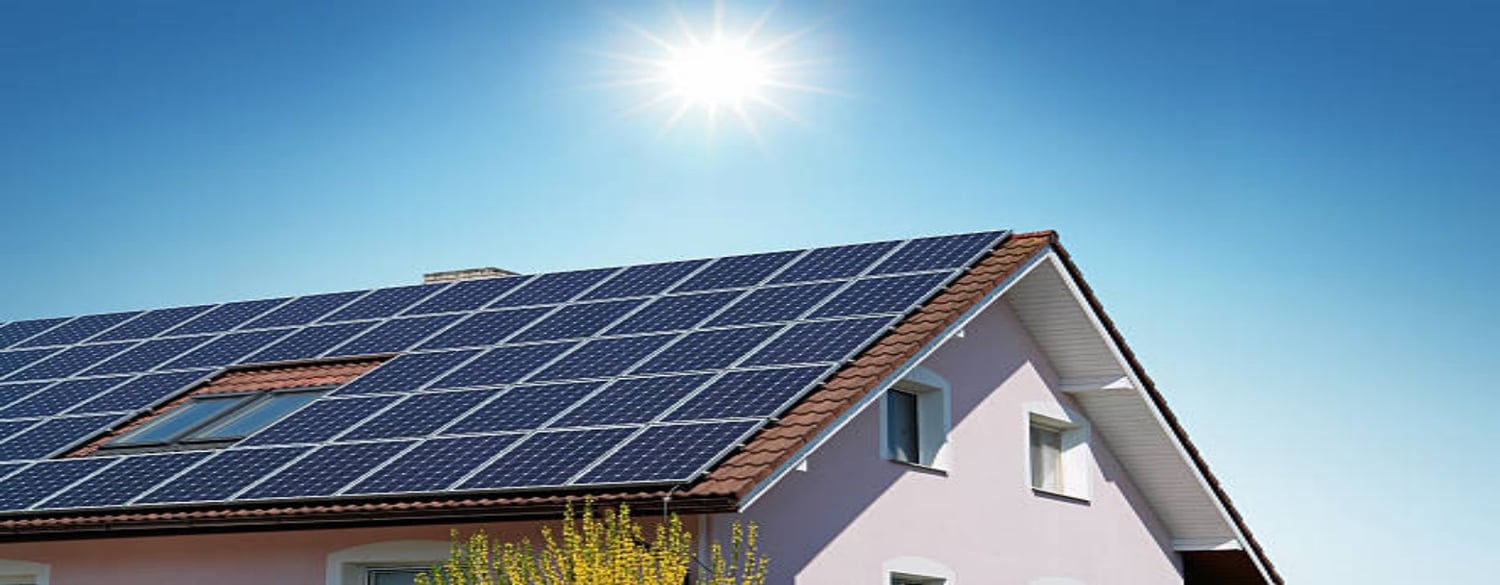Introduction to mono solar panel 10W The mono solar panel 10W is a compact and efficient solar power solution designed for small-scale energy needs. Known for its high performance and durability, this 10-watt monocrystalline solar panel harnesses sunlight efficiently, making it a popular choice among eco-conscious users. Its small size and ease of installation make it suitable for diverse applications, from powering small gadgets to serving as a backup energy source in remote locations. Monocrystalline Technology and Efficiency Mono solar panels like the 10W variant rely on monocrystalline silicon cells, which offer higher efficiency compared to polycrystalline alternatives. The uniformity of monocrystalline cells ensures better conductivity and minimal energy loss. This allows the 10W mono solar panel to convert available sunlight into usable electrical power with efficiency typically exceeding 18%. This makes it ideal for situations where space constraints demand maximum energy output per square inch. Durability and Weather Resistance Durability is a key attribute of the mono solar panel 10W. Constructed with high-quality tempered glass and robust frames, these panels withstand harsh weather conditions including rain, wind, and ultraviolet exposure. Their corrosion-resistant materials ensure long-lasting performance outdoors, making them suitable for rugged environments such as camping, boating, or off-grid cabins. Common Applications of Mono Solar Panel 10W The 10W mono solar panel finds widespread use in powering small electronics such as LED lights, USB devices, and portable fans. It is also commonly integrated into battery charging systems for outdoor gear, including solar-powered backpacks and portable power banks. Additionally, its compact size lends itself well to DIY solar projects and educational kits that demonstrate sustainable power technology. Portability and Ease of Installation One of the standout features of the mono solar panel 10W is its portability. Lightweight and compact, it can be easily mounted or moved according to user needs. Installation is straightforward, typically requiring minimal tools and setup time. Whether mounted on RVs, tents, or small remote installations, the panel offers flexibility and convenience for users looking to generate solar power on the go. Cost-Effectiveness and Return on Investment Mono solar panels of 10W capacity are economically attractive due to low initial investment and minimal maintenance costs. While they generate relatively small amounts of power, their ability to reduce reliance on grid electricity or disposable batteries translates into long-term savings. For users with limited power demands, this panel provides a cost-effective entry point into solar energy adoption. Environmental Impact and Sustainability Using a mono solar panel 10W contributes to reducing carbon footprints and promoting renewable energy use. Solar power is a clean energy source that produces zero emissions, helping combat climate change. Even small panels like these play a role in fostering sustainability by decreasing dependence on fossil fuels for everyday electrical needs. Compatibility with Battery Systems Mono solar panel 10W units are often paired with rechargeable batteries to store energy for use during nighttime or cloudy periods. Their voltage and current outputs are compatible with a range of small battery chemistries, including lead-acid and lithium-ion types. This compatibility enhances the panel’s utility in off-grid or emergency power setups where continuous energy availability is critical. Technical Specifications and Performance Metrics Typically, the mono solar panel 10W delivers around 18V open-circuit voltage (Voc) and 0.56A short-circuit current (Isc). These parameters ensure sufficient power delivery to charge small devices efficiently. Users benefit from understanding these specs to optimize system design, including proper charge controllers and load matching for peak performance and battery longevity. Future Trends in Mono Solar Panel 10W Technology The future of mono solar panel 10W technology includes advancements such as higher cell efficiencies, improved durability, and integration with smart energy management systems. Emerging materials and manufacturing techniques could further reduce costs while increasing power output. As demand for portable and renewable power solutions grows, the 10W monocrystalline panel remains a foundational component in small-scale solar energy innovations. Quote Inquirycontact us










